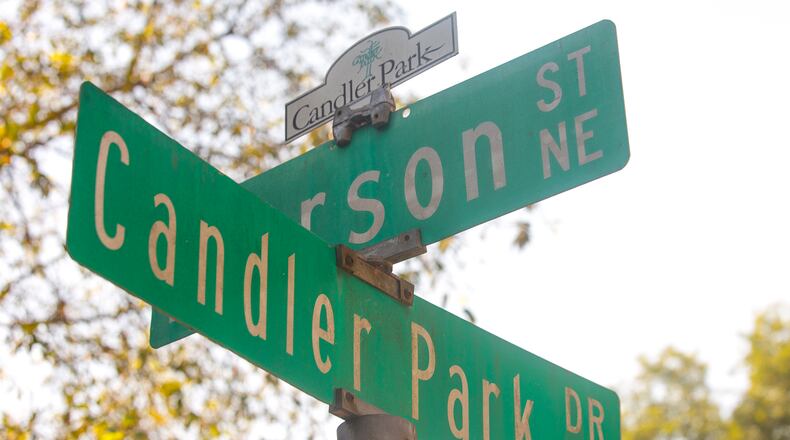A short walk east of Little Five Points' hipster haven, the aroma of incense fades into the Candler Park community's blend of small-town quaint and intown cool. Lawyers and engineers regularly cross paths with artists and musicians. Turn one direction, and you stare at a classic two-story Craftsman. Look the other way, and you see a fresh-out-of-the-box house or a vintage bungalow. In Candler Park, Atlanta history cracks open to reveal contemporary open-mindedness.
History runs deep amid Asa G. Candler Park's hilly expanse. During the Civil War, the area served as a Union camp. On July 22, 1864, General Thomas William Sweeny's division and Major General Grenville Mellen Dodge's Army Corps held a line for approximately 24 hours, to potentially halt Confederate troops heading from Decatur to Atlanta. Today a historical marker stands at the 1500 block of McLendon Avenue.
Originally founded as Edgewood in 1890, the community became one of the city's first suburbs. In 1909, it officially became part of Atlanta, giving rise to subdivided estates and its popular bungalows.
This story originally appeared in the September 2015 issue of Living Intown magazine.
During the post-war period, the community developed a strong African-American presence with its own businesses, schools and houses of worship. In 1922, the African-American members of Antioch East Baptist Church constructed the Old Stone Church, using granite from Stone Mountain. The hand-built structure still stands on Candler Park Drive and provides a home to the First Existentialist Congregation.
Also in 1922, Coca-Cola founder Asa Candler donated land to the city in order to create a park and golf course, which eventually gave the community the name "Candler Park."
In the 1960s, a proposed state highway threatened Candler Park, and the State Department of Transportation began buying up land. Members of the neighborhood organized to oppose the idea until Gov. Jimmy Carter put a stop to it during the early 1970s. Community leaders rallied against the highway plan's resurgence in the early 1980s until the proposal for nearby Freedom Parkway took its place. Candler Park's activism arguably strengthened the neighborhood's overall unity.
About the Author
Keep Reading
The Latest
Featured


